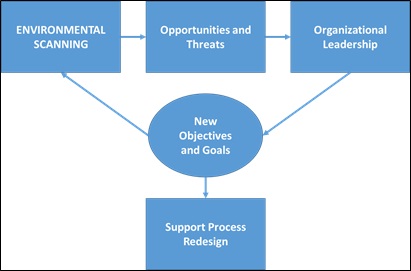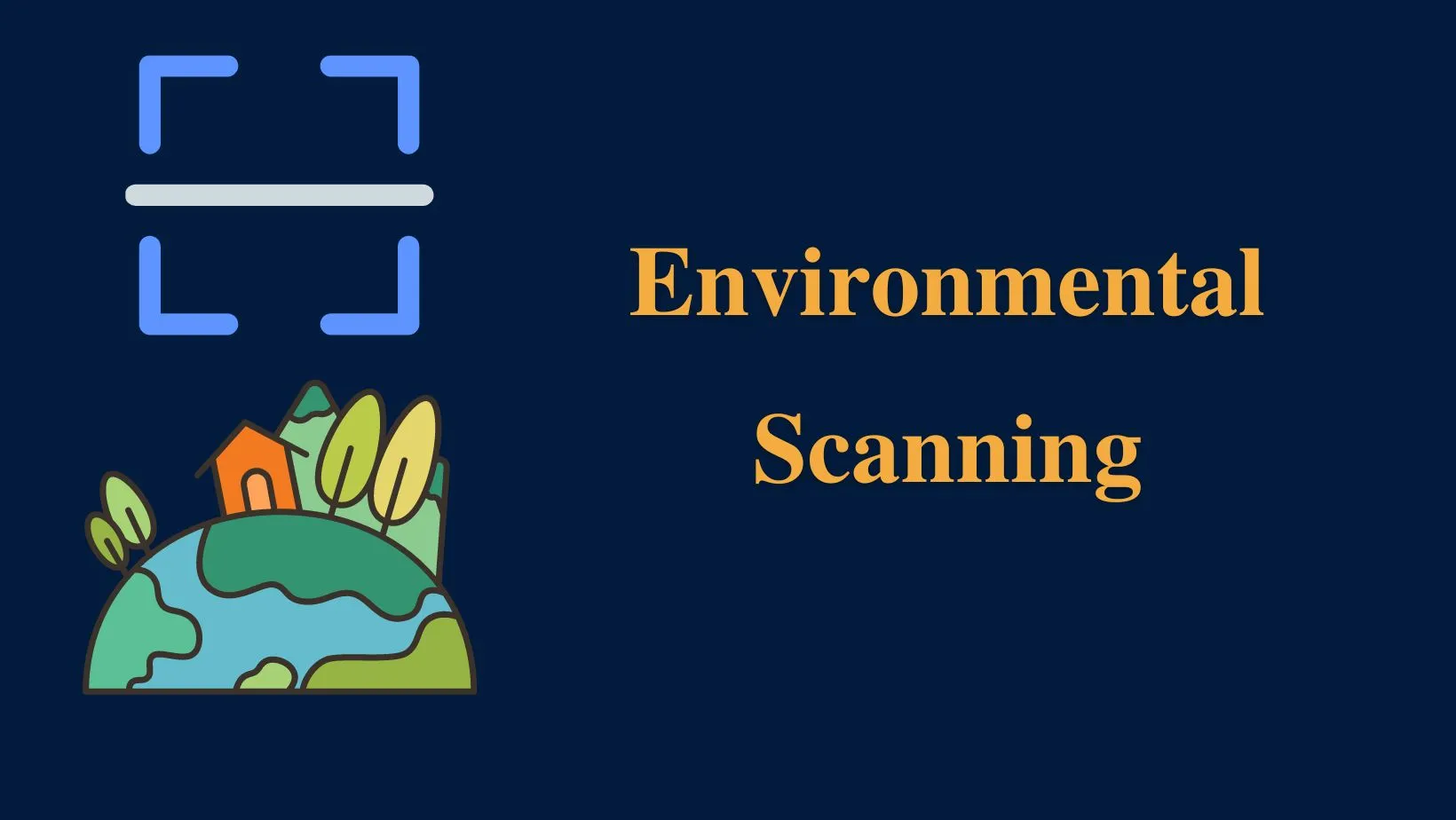In an era of rapid technological innovation, shifting market demands, and global disruptions, businesses must navigate an increasingly complex landscape to survive and thrive. One essential tool for staying ahead is environmental scanning. Mastering environmental scanning allows organizations to detect trends early, adapt proactively, and gain a significant competitive advantage. This article delves deep into the strategies, techniques, and real-world applications of environmental scanning to help you transform uncertainty into opportunity.
Understanding Environmental Scanning
Environmental scanning is the systematic process of gathering, analyzing, and interpreting information about external forces that could impact an organization. These forces can be political, economic, social, technological, environmental, or legal (commonly referred to as PESTEL factors).
Effective environmental scanning enables businesses to:
- Anticipate market shifts
- Identify new opportunities and threats
- Enhance strategic planning
- Stay ahead of competitors
- Build resilience against disruptions
Businesses that invest time and resources into mastering environmental scanning become better equipped to pivot strategies, innovate, and sustain long-term growth.
The Importance of Mastering Environmental Scanning
Companies like Amazon, Tesla, and Apple didn’t achieve dominance by reacting slowly to changes. They excelled because they anticipated them. Mastering environmental scanning ensures you are not merely responding to the present but actively shaping your future.
Key benefits include:
- Early warning system: Spotting emerging threats or opportunities before competitors.
- Informed decision-making: Data-driven insights for strategic choices.
- Proactive strategy development: Shaping the market rather than being shaped by it.
- Crisis mitigation: Preparing contingency plans for potential risks.
In volatile environments, the ability to adapt quickly is the new competitive edge.
Steps to Master Environmental Scanning
1. Define Your Objectives
Before diving into data collection, be clear about what you seek to achieve. Are you scanning for potential competitors? Technological breakthroughs? Shifts in consumer preferences? Setting objectives ensures focused and meaningful scanning.
2. Identify Key Influencers
Recognize the forces most likely to impact your business:
- Political: New regulations, policy changes, trade agreements
- Economic: Inflation rates, employment trends, currency fluctuations
- Social: Cultural shifts, demographic changes, lifestyle trends
- Technological: New inventions, digital transformation, AI advancements
- Environmental: Climate change policies, sustainability trends
- Legal: Compliance requirements, intellectual property laws
Prioritizing the most relevant categories will sharpen your scanning efforts.
3. Collect Diverse Data
Data sources should be varied to capture a comprehensive view. Examples include:
- News media and journals
- Industry reports
- Academic research
- Competitor analysis
- Social media monitoring
- Government publications
Today’s technology, including AI-powered analytics, sentiment analysis, and real-time news aggregators, can significantly streamline this process.
4. Analyze and Interpret Information
Raw data alone is insufficient. Successful environmental scanning requires critical thinking to interpret trends, connect dots, and extract actionable insights.
Ask questions like:
- What does this trend mean for my industry?
- Could this create new customer needs?
- How might competitors react?
- What internal strengths or weaknesses are relevant?
5. Share Insights Across the Organization
Environmental scanning is not a siloed activity. Sharing insights with key stakeholders enhances organizational agility. Create digestible reports, conduct workshops, and integrate findings into strategic planning sessions.
6. Update Regularly
The environment is dynamic. What is relevant today might be obsolete tomorrow. Frequent updates to your environmental scans ensure your organization stays on the pulse of change.

Techniques for Mastering Environmental Scanning
SWOT Analysis
Strengths, Weaknesses, Opportunities, and Threats (SWOT) analysis can guide companies in categorizing environmental data and linking external factors with internal capabilities.
Scenario Planning
Develop plausible future scenarios based on current trends. This “what if” exercise prepares organizations for multiple potential outcomes, enhancing strategic flexibility.
Benchmarking
Compare your organization against industry leaders to uncover gaps and potential growth opportunities driven by external trends.
Trend Analysis
Track and visualize how specific trends evolve over time. This can help distinguish between passing fads and transformative changes.
Case Studies: Mastering Environmental Scanning in Action
Amazon
Amazon’s early adoption of cloud computing (AWS) stemmed from their superior environmental scanning. They recognized that businesses would increasingly seek outsourced IT infrastructure, leading to AWS becoming a market leader.
Netflix
Netflix transitioned from DVD rentals to online streaming because of environmental scanning. They foresaw advancements in broadband internet and shifts in media consumption patterns, allowing them to pivot ahead of competitors like Blockbuster.
Tesla
Tesla’s commitment to electric vehicles (EVs) was driven by environmental scanning that identified growing concerns over fossil fuels, technological advances in battery storage, and regulatory pushes for greener transportation.
These examples illustrate that mastering environmental scanning can be the difference between market leadership and irrelevance.
Common Challenges and How to Overcome Them
Information Overload
Solution: Focus on sources and categories most critical to your business. Prioritize quality over quantity.
Bias and Assumptions
Solution: Foster a culture of questioning assumptions. Encourage diverse perspectives when interpreting data.
Slow Response Time
Solution: Integrate scanning results into agile planning frameworks, enabling quick shifts when necessary.
Lack of Organizational Buy-In
Solution: Demonstrate the value of environmental scanning through small wins. Show how insights lead to tangible outcomes.
Future of Environmental Scanning
As technology evolves, environmental scanning will become more sophisticated. Artificial intelligence (AI), machine learning, and big data analytics will enhance our ability to process vast information rapidly and predict emerging trends more accurately.
Organizations investing in predictive analytics, digital twins, and real-time environmental intelligence platforms will gain unmatched foresight into their industries.
Mastering environmental scanning in the future will require blending human intuition with machine intelligence. Successful companies will harness both to anticipate, adapt, and act faster than ever before.
Tips for Mastering Environmental Scanning Efficiently
- Assign dedicated teams responsible for monitoring external changes.
- Use visualization tools like mind maps or dashboards to summarize findings.
- Conduct regular workshops or brainstorming sessions to interpret environmental data.
- Build partnerships with external research firms and thought leaders.
- Align environmental scanning efforts directly with strategic goals.
- Implement feedback loops to continuously refine scanning processes.
Conclusion: Mastering Environmental Scanning for Lasting Success
In a world where the only constant is change, mastering environmental scanning is no longer optional; it is vital. Organizations that cultivate a proactive scanning culture are better positioned to seize emerging opportunities, counteract threats, and drive innovation.
Whether you are a startup aiming for growth or an established company seeking to defend market share, mastering environmental scanning can propel your strategic planning from reactive to revolutionary.
As we look to the future, those who prioritize foresight will shape industries rather than be shaped by them. The question is no longer “Should we scan the environment?” but rather “How can we master environmental scanning faster and more effectively than our competitors?”
Start today—because the next big disruption is already on the horizon.




